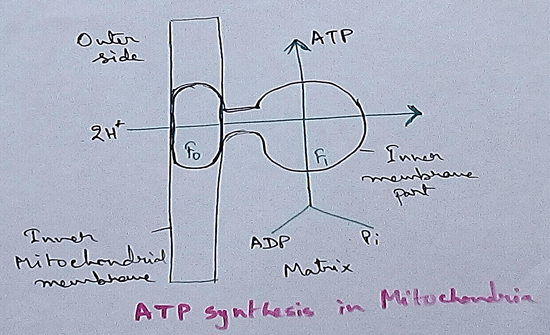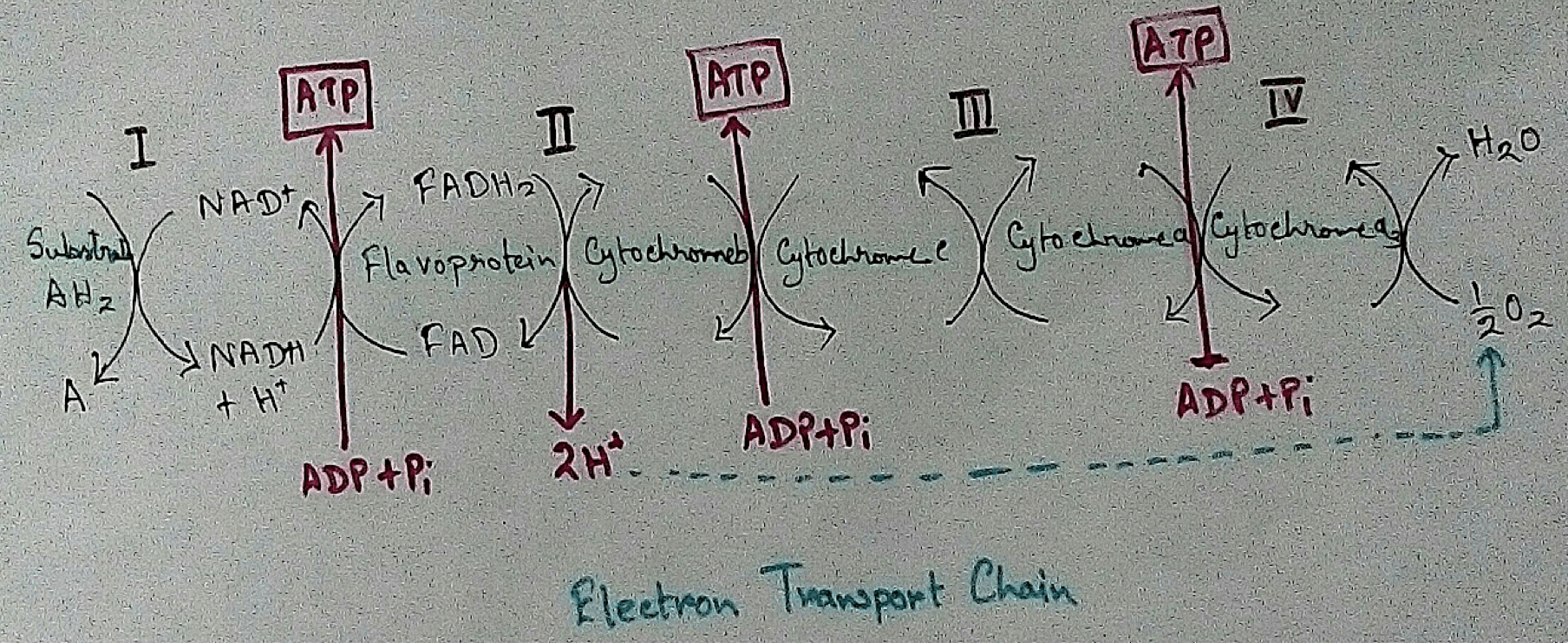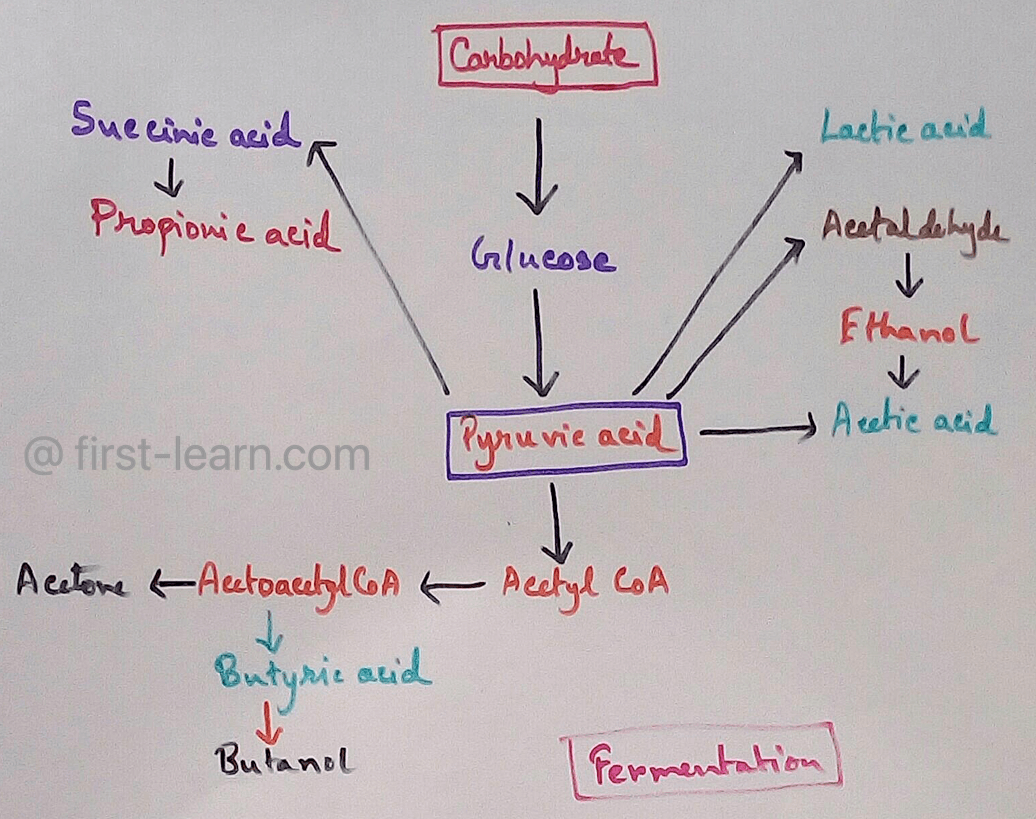Worksheet on Digestion
Worksheet on digestion contains various types of questions on the process of digestion that takes place in the digestive system of our body.
I. Fill in the blanks:
(i) The breaking down of food into small, simple pieces is called _________.
(ii) Stomach, food pipe, small intestine and large intestine are parts of your _________ system.
(iii) The digestive juices present in the mouth is _________.
(iv) The food pipe takes the food to the _________.
(v) Digestion is completed, and food is absorbed into the blood in the __________________.
(vi) Water is absorbed from the undigested food in the __________________.
(vii) The undigested food is thrown out of the body through the _________.
II. Answer the
following questions:
1. Name four organs of your digestive system, which make digestive juices.
2. How is saliva useful in swallowing the food?
3. What happens to the food in the small intestine?
4. What happens to the undigested portion of food?
5. How is fiber useful?
Check the answers of worksheet on digestion:
Answers:
I. (i) digestion
(ii) digestive
(iii) salivary
(iv) stomach
(v) small intestine
(vi) large intestine
(vii) anus
II. 1. The four organs of your digestive system, which make digestive juices are salivary glands, small intestine, liver and pancreas.
2. Saliva is a digestive juice made by the salivary glands that mixes well with the food while chewing and soften the food so that it can be easily swallowed.
3. In the small intestine the food mixes with more digestive juices and breaks down further.
4. Water is absorbed from the undigested portion of food and the solid part is thrown out of the body through the anus.
5. Fiber is useful for our body as it helps in removing waste from our body.
From Worksheet on Digestion to HOME PAGE
Recent Articles
-
Respiratory Balance Sheet | TCA Cycle | ATP Consumption Process
Feb 18, 24 01:56 PM
The major component that produced during the photosynthesis is Glucose which is further metabolised by the different metabolic pathways like glycolysis, Krebs cycle, TCA cycle and produces energy whic… -
Electron Transport System and Oxidative Phosphorylation | ETC |Diagram
Feb 04, 24 01:57 PM
It is also called ETC. Electron transfer means the process where one electron relocates from one atom to the other atom. Definition of electron transport chain - The biological process where a chains… -
Tricarboxylic Acid Cycle | Krebs Cycle | Steps | End Products |Diagram
Jan 28, 24 12:39 PM
This is a type of process which execute in a cyclical form and final common pathway for oxidation of Carbohydrates fat protein through which acetyl coenzyme a or acetyl CoA is completely oxidised to c… -
Aerobic Respiration | Definition of Aerobic Respiration | Glycolysis
Dec 15, 23 08:42 AM
This is a type of respiration where molecular free oxygen is used as the final acceptor and it is observed in cell. Site of Aerobic Respiration - Aerobic respiration is observed in most of the eukaryo… -
Fermentation | Definition | Types of Fermentation | Application
Nov 29, 23 10:27 PM
Definition of fermentation- It is a process that is energy yielding process of anaerobic oxidation of organic compounds which are carried out by the enzyme action of micro organisms where neither gase…




New! Comments
Have your say about what you just read! Leave me a comment in the box below.